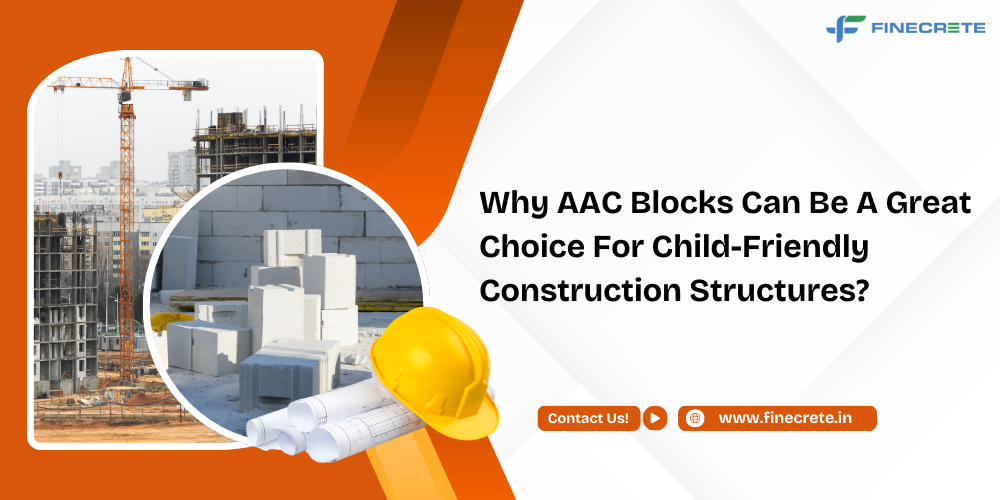Are you looking to construct buildings and structures designed for children? It is essential to ensure safety, comfort, and durability when building structures such as schools, daycare centers, and playground facilities. A popular building material, Autoclaved Aerated Concrete (AAC) blocks, can satisfy all these criteria while offering several additional benefits. Lightweight, versatile, and eco-friendly, these construction materials provide children with a safe environment. Find out why these can be an excellent choice for building child-friendly construction structures.
Non-toxic
Made primarily from non-toxic materials such as sand, lime, cement, and water, AAC blocks are free from harmful chemicals and additives that can pose health risks to children. Thus, these can be ideal for building educational and recreational spaces where children spend considerable time.
Parents and educators can have peace of mind knowing that the building materials used in constructing these structures will not emit harmful fumes or toxins. AAC blocks can promote a healthier indoor environment.
Pest-resistant
Pest resistance is another compelling reason to choose AAC blocks for child-friendly construction. Unlike traditional building materials like wood, these are non-conducive to pests such as termites, rodents, or mold.
When used in construction, these can help to maintain a clean and sanitary environment. These can also reduce the risks of pest infestations that can disrupt learning and play.
Fire resistant
Fire safety is a top priority in any construction, especially in structures meant for children who cannot escape fire hazards as easily as adults. AAC blocks are inherently fire-resistant, offering an additional layer of protection against potential fire hazards. These can withstand high temperatures without releasing toxic smoke or contributing to the spread of flames.
Moisture resistant
Humidity and moisture can lead to various issues in construction, including mold growth and structural damage. Moisture-resistant in form, AAC blocks help to maintain a dry, healthy environment within buildings.
These have a porous structure, which allows for moisture regulation, preventing dampness and ensuring that indoor air quality remains high. In child-friendly spaces, where children are more susceptible to allergies and respiratory issues linked to mold and dampness, this is especially important.
Maintains comfortable indoor temperature
AAC blocks have excellent thermal insulation properties. These help regulate indoor temperatures, keeping spaces cooler in the summer and warmer in the winter. This energy efficiency leads to reduced heating and cooling costs, while also ensuring a comfortable environment for children. Kids can get conducive learning and play atmosphere, with a stable indoor temperature inside the facility.
Potentially minimizes seismic damage.
AAC blocks can offer additional benefits in earthquake-prone regions. Lightweight in nature, these have excellent structural integrity that makes them less likely to sustain significant damage during seismic events. In child-friendly construction structures, this resilience can be crucial. Buildings constructed with AAC blocks can withstand the forces of earthquakes better, ensuring that children can remain safe during unforeseen natural disasters.
With plenty of advantages, AAC blocks prove to be a smart, responsible choice for building child-friendly structures that will stand the test of time. These can be a safe, durable option for construction structures that are supposed to inhabit children for a long time.






